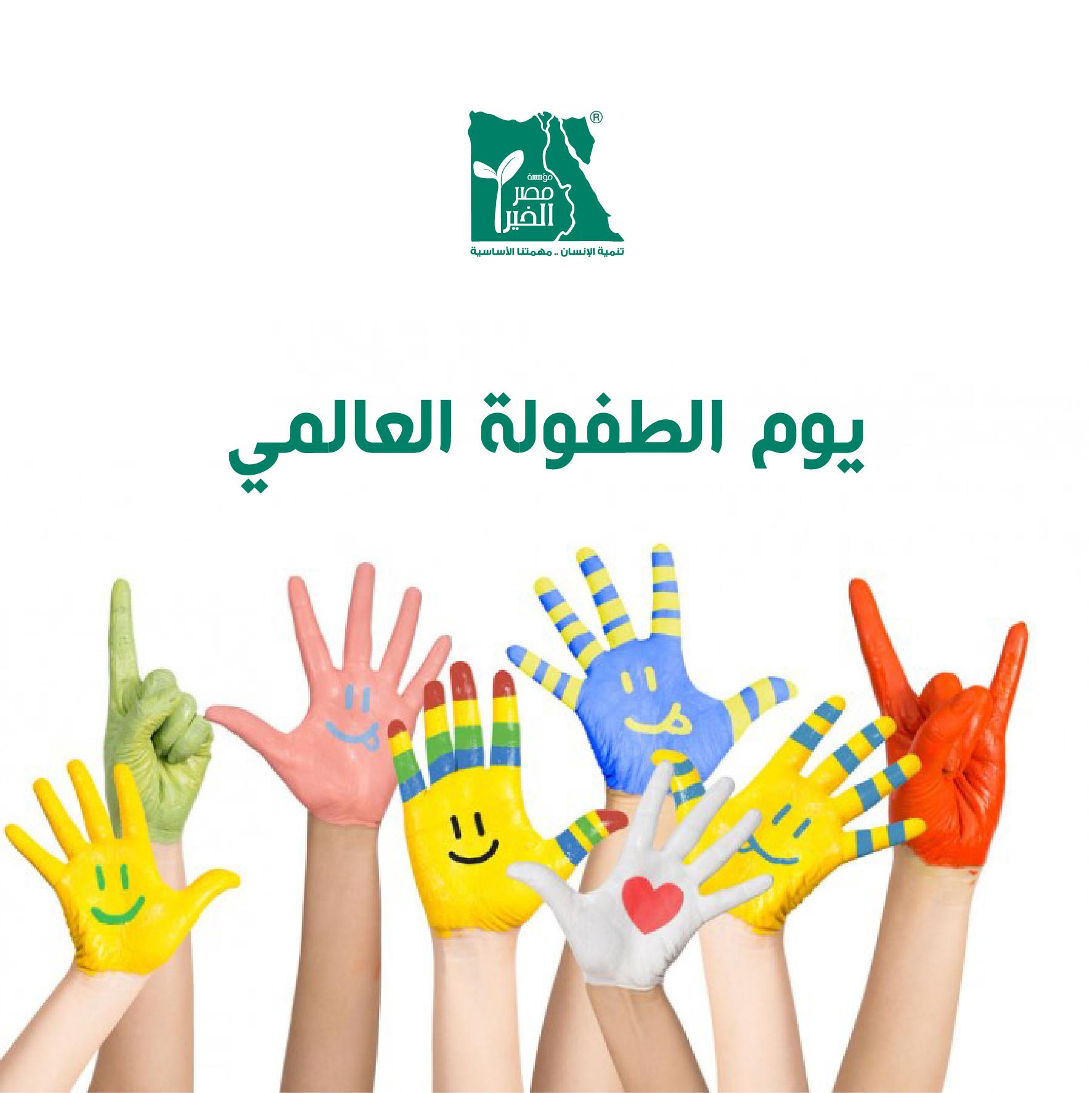The child in the eyes of the United Nations “rights and principles”
On November 20 of each year, the world celebrates International Children’s Day. This day was designated by the United Nations General Assembly, in accordance with Resolution No. 836 in 1954, and was called International Children’s Day, in order to support and strengthen international interdependence and spread awareness among children around the world. The member states of the United Nations General Assembly signed the Convention on the Rights of the Child in 1989, with the aim of enhancing understanding between children and their cooperation with each other. The Convention on the Rights of the Child indicated that a child “is an individual or person who is under 18 years of age.” The agreement was based on four main principles: “Equality and non-discrimination,” as the Convention on the Rights of the Child includes all children in the world without discrimination, and without regard to religion or race, as it includes them regardless of their cultures, ideas, and abilities, whether the child is male or female, or is among the poor or the rich. “Ensuring the interests of the child” as the agreement pledges that any decision or action shall be considered before it is taken, and its impact on the children shall be in the interest of the child above all other interests. “Survival and development” as the right to life is considered a fundamental and rooted right for all children, and the responsibility for preserving it falls on decision-makers in all countries, in addition to ensuring their natural growth and development physically and mentally. “Participation and Freedom of Expression” All children in the world have the right to freedom to express their opinions and make appropriate decisions about their private lives without coercion, and the obligation to protect all children’s rights from deprivation and provide them as much as possible. The agreement included many rights, which covered all of the child’s developmental needs, to grow properly and integrated, and which change in proportion to his age, growth, and needs as he grows older. These rights include the right to life, the right to education, the right to play, the right to health care, a decent family life, and freedom of expression, in addition to the child’s right to be provided with protection. Children are not considered the property of their parents and it is permissible for them to neglect providing all their needs. Therefore, it depends on the state as a responsible party to find an alternative that is in line with the best interest of the child. The United Nations has strengthened the role of parents, teachers, nurses, companies, media professionals, and all segments of society from all age levels in supporting this day, defending children’s rights and drawing attention to them to build a better future and world for all children around the world. In 2018, the association called on all individuals around the world to let the color blue dominate the world to contribute to providing an atmosphere of safety within schools so that they can achieve their dreams and goals, and for it to be a day dedicated to carrying out activities that entertain children and enhance understanding between them in all parts of the world.
